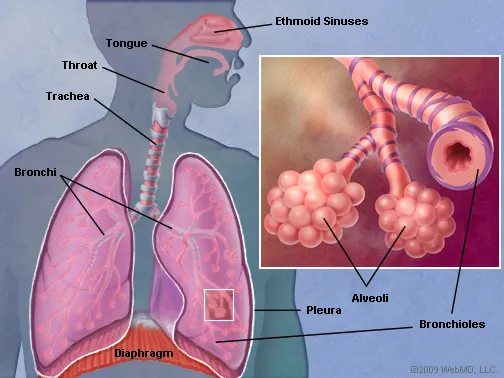Unit 10 focused on the internal functions of the body. In the first vodcast, we learned about the circulatory and respiratory system. The respiratory system is where gas exchange occurs with the circulatory system. Breathing involves the diaphragm and rib cage muscles. Air flows from areas of high pressure to low pressure. Gas exchange occurs in the alveoli of the lungs. Red blood cells make up 40-45% of all blood cells, and they transport oxygen to cells and carry away carbon dioxide. Platelets help form clots that control bleeding. White blood cells help fight pathogens and destroy foreign matter.
The second vodcast was about the nervous system. The central nervous system includes the brain, brain stem, and spinal chord. The peripheral nervous system has oranial nerves, spinal nerves, sensory neurons, and motor organs. Neurons transmits signals.
There are two types of digestion we learned about. Mechanical breaks down food into digestible chunks using contractions of muscles or breaking with the teeth. Chemical breaks food into digestible and absorbent pieces using enzymes and extreme pH.
 |
| webmd.com |
The Lymphatic System is a system of tubes and sacs throughout the body that collect waste and blood from tissues. Lymph nodes are organs filled with white blood cells that help fight infection.
In the beginning of the year, my blog posts were small, not thorough, contained no pictures and/or videos, and did not completely fulfill the necessary requirements. At the end of the year, I have been able to get all of these completed in my blog posts. I am most proud of my Unit 9 Reflection, which is the most thorough review I have ever written, and it is filled with pictures throughout the post. My second favorite post is "Cnidaria," which I like because of how ascetically pleasing the pictures are, and because I got to choose the topic which I wrote about.
No comments:
Post a Comment